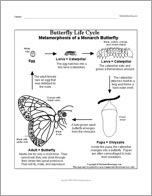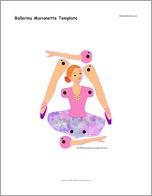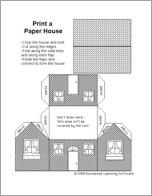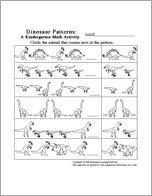Page 245 of 255
A list of the stars nearest to earth. The closest star to us is the Sun.
A list of our activities about the stars and Astronomy.
The Earth’s surface is divided into huge, thick plates that drift atop the soft mantle.
How is the mass of the Earth determined? Newton, Henry Cavendish, Galileo, and Eratosthenes contributed to this calculation.
Oceans cover about 70% of the Earth’s surface. The oceans contain roughly 97% of the Earth’s water supply.
Sunlight is made up of many colors, learn why this causes the sky to be blue!
How fast is the Earth spinning, how fast are we revolving around the Sun, and how fast are we moving around the Milky Way Galaxy?
Make a scary ghost necklace or decoration for Halloween, using paper, white glue, and string or yarn.
See how a Monarch butterfly starts as an egg, hatches into a caterpillar, becomes a pupa, then emerges as an adult.
Make a Ballerina Marionette craft with things found around the house.
Use this printable cutout-template to make a Ballerina Marionette craft with things found around the house.
Make a Cardboard Box Castle craft with things found around the house.
Make a simple paper house craft with things found around the house.
Cutout this printable template to make a simple paper house craft.
Dinosaur Patterns - What comes next in the sequence? A kindergarten math activity.
Learn about Earth’s magnetosphere and its magnetic field.
The seasons on Earth are caused by the tilt of the Earth’s axis - they are NOT caused by the differences in the distance from the Sun throughout the year.
Learn about Jupiter’s prominently featured great red spot (which is a storm).
Jupiter is the fifth and largest planet in our solar system. This gas giant has 39 known moons and a dark, barely-visible ring.
Jupiter’s gaseous surface is very windy, with wind speeds exceeding 400 mph (620 kph) in wide bands of latitude. Winds in adjacent bands blow in opposite directions.




